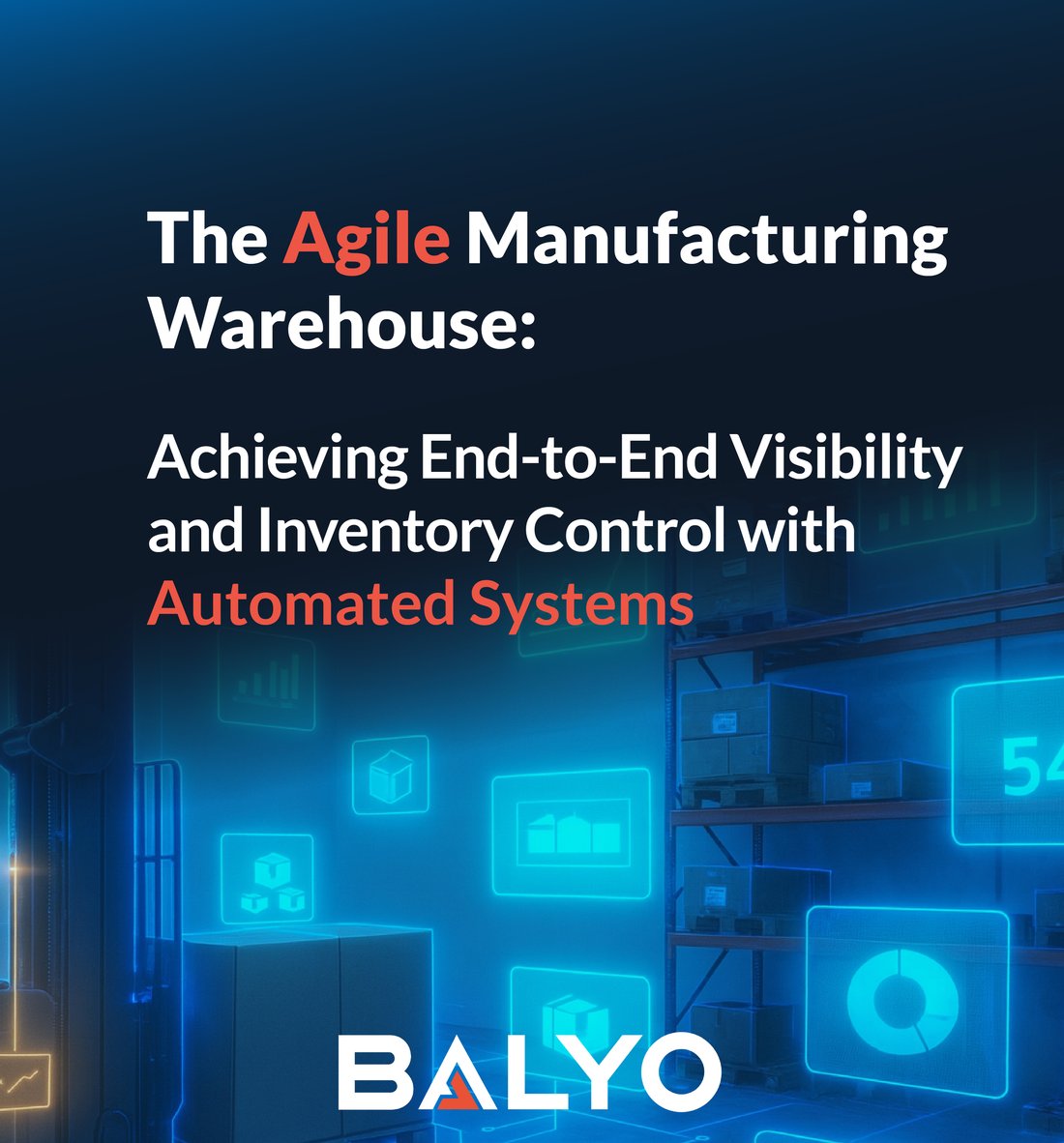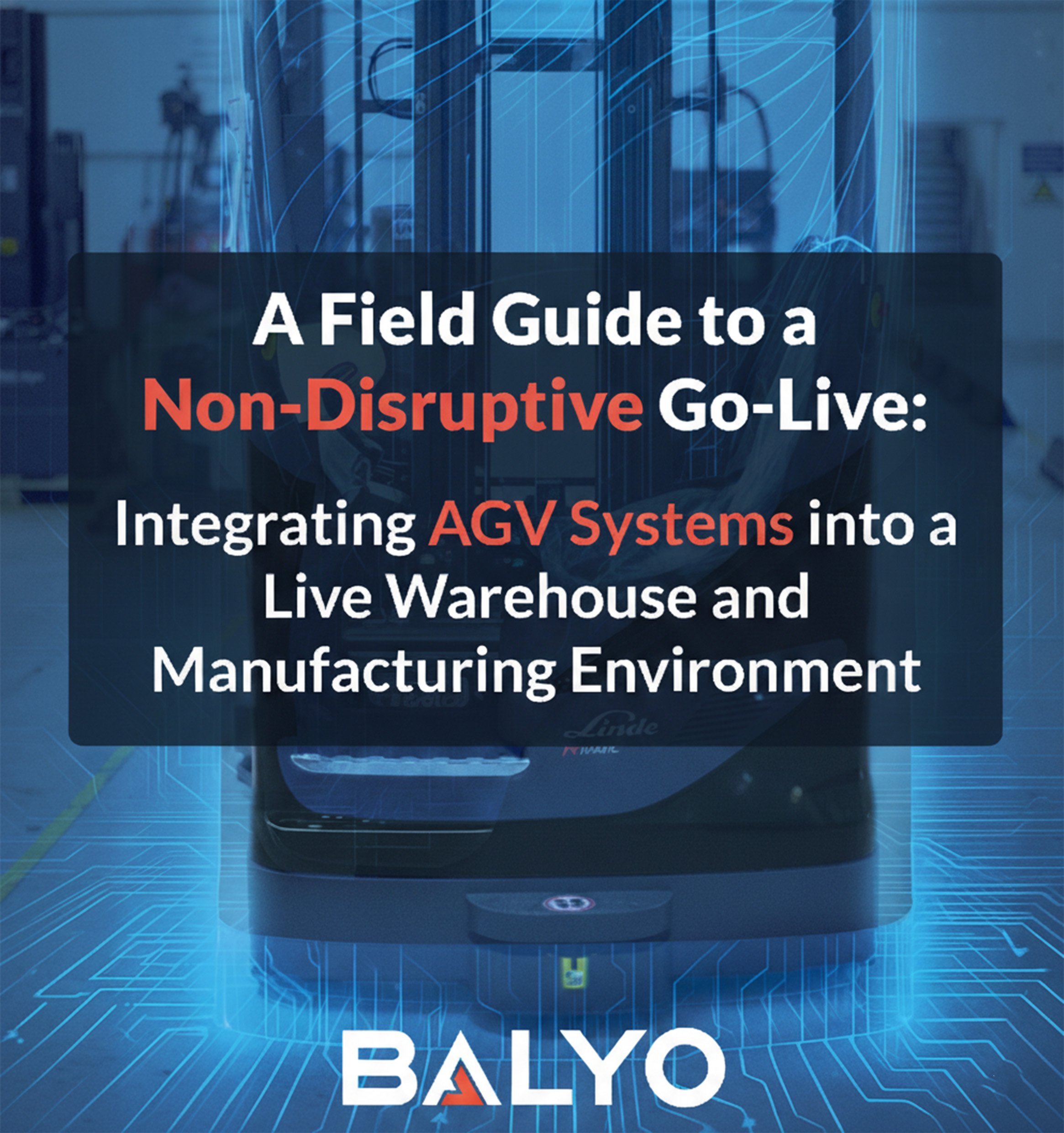
When talking with manufacturers, they’ve made one thing clear: the warehouse can no longer be thought of as just a storage closet. For decades, it was just a cost of doing business—a place to hold inventory. They told us that thinking like that today is a path to failure. With all the constant changes in the supply chain, customer demands, and intense global competition, they said the warehouse has to change. It needs to become a powerful tool that is fast, smart, and a responsive hub that drives the entire manufacturing process. They also told us that the only path to a new agile warehouse is paved with seamlessly connected automated warehouse systems.
Imagine a typical Monday morning. An unexpected delay from a critical overseas supplier has thrown the week's production schedule into chaos. In a traditional warehouse, this triggers a frantic, manual scramble. Supervisors search through spreadsheets and paper records—rife with inaccuracies—to see what's on hand. Workers hunt through aisles for a "lost" pallet that was misplaced last week. The production line sits idle, costing tens of thousands of dollars per minute, all because the warehouse is an impenetrable black box.
Now, imagine that same Monday morning in an agile automated warehouse. The supplier delay is noted, but it doesn't cause panic. The Warehouse Management System (WMS) already has a real-time, 100% accurate view of the on-site buffer stock. It automatically re-prioritizes the production schedule based on available materials and dispatches a fleet of Automated Guided Vehicles (AGVs) or autonomous forklifts. One AGV retrieves a heavy pallet of raw materials from a 30-foot-high rack, while another transports a critical sub-assembly from the high-density automated storage system to the production line. The line never stops. This is not science fiction; it is the reality enabled by a strategic embrace of automated warehouse systems. At the heart of this transformation is the modern, powerful, and intelligent AGV.
This guide provides a comprehensive blueprint for building the agile manufacturing warehouse. We will conduct a deep exploration of:
- The profound financial and operational costs of the "visibility crisis" in manual warehouses.
- Why modern AGVs, with their heavy-lift and high-reach capabilities, are the indispensable backbone of an agile physical operation.
- How AGVs integrate into a complete automated ecosystem with technologies like AS/RS and WMS.
- A strategic roadmap for implementing automation and managing the transition for your workforce.
The Visibility Crisis: The Staggering Cost of What You Don't Know
The single greatest weakness of a manual warehouse is the "visibility gap"—the chasm between what your inventory system claims you have and what physically exists on your shelves. This gap is a direct result of human error, and its impact is far greater than most organizations realize. Globally, this issue of inventory distortion is estimated to cost businesses over $1.8 trillion annually.¹ It is a quiet crisis with loud consequences.

- Production Halts and the Bullwhip Effect: The most immediate impact of poor inventory visibility is a starved production line. When a component cannot be found, the line stops. But the damage cascades. An unexpected stockout forces a panicked, expedited reorder from a supplier, which creates a distorted demand signal that whips back through the supply chain, leading to future over-ordering and excess inventory.
- The Drain of Wasted Labor: In a manual warehouse, a significant percentage of labor hours are wasted on non-value-added activities. A recent study found that warehouse associates can spend up to 7 weeks per year just walking, often searching for items.² Consider the cost: 10 workers, each wasting 5 hours per week searching for lost inventory, at a fully-loaded labor rate of $30/hour, amounts to a loss of $78,000 per year in pure, unproductive labor.
- The Hidden Tax of Excess Inventory: To protect against the uncertainty of a non-transparent warehouse, managers are forced to carry excess "just-in-case" inventory. This buffer is a massive financial drain. Annual inventory carrying costs are typically 20-30% of the inventory's value.³ This "tax" is composed of the cost of capital tied up in the goods, the cost of the physical storage space, insurance and taxes, and the risk of obsolescence.
- The Corrosion of Data Mistrust: When floor staff know the WMS data is unreliable, they stop trusting it. They create their own informal systems and hoard materials, making the official data even more inaccurate. This erodes all strategic planning. How can you commit to a customer order or plan a production schedule when you cannot be certain you have the parts?
This crisis is not solved with better training; it is solved by removing the possibility of manual error. This is precisely what an AGV-led system accomplishes.
The Agility Imperative: The Unique Power of Modern AGVs
Agility requires the physical capacity to move the full spectrum of your inventory—from the lightest components to the heaviest raw materials—with speed, precision, and reliability. This is where the modern AGV truly shines, providing foundational capabilities that other forms of warehouse automation simply cannot match.
Mastering Heavy-Lift Applications
Manufacturing is an industry of substance. It involves moving multi-ton coils of steel, massive engine blocks for heavy equipment, pallets of dense castings, or large automotive frames. In a manual environment, moving these items is slow, requires specialized and expensive equipment (like overhead cranes or high-capacity forklifts), and poses significant safety risks to personnel.
Heavy-duty AGVs are purpose-built for this environment.
- Engineered for Strength: These vehicles are designed with reinforced chassis and powerful drive systems to handle payloads of several thousand pounds.
- Precision and Safety: Unlike a manually operated forklift, an AGV navigates with millimeter precision using LiDAR and 3D cameras. It can pick up and place loads with a level of smoothness and accuracy that minimizes the risk of damage to the product or surrounding equipment. Its 360-degree sensor suite makes it exponentially safer than a human-operated vehicle with inherent blind spots.
Conquering Vertical Space with High-Lift Capability
As land and construction costs soar, the most cost-effective way to increase warehouse capacity is to build up, not out. Maximizing vertical storage is key to a positive ROI. Modern AGVs are a critical tool for unlocking this vertical potential.
- Automated Reach Trucks and VNAs: AGV technology is no longer limited to ground-level transport. Automated reach truck AGVs can place and retrieve pallets in racks 30 feet or higher. Very Narrow Aisle (VNA) AGVs are designed to operate in aisles less than 7 feet wide while picking and dropping at heights up to 56 feet - a feat that is difficult and slow for even the most skilled human operator, allowing you to dramatically increase storage density.
- ROI of Density vs. Expansion: The cost of implementing a VNA AGV system to increase the capacity of an existing facility is a fraction of the cost of acquiring land and building a new warehouse or deploying a fixed AS/RS system. AGVs allow you to fully leverage the vertical cube of your current building, maximizing the value of your existing assets.
The Integrated Automated Ecosystem
AGVs are the powerful, mobile backbone of the agile warehouse, but they operate as part of a fully integrated, centrally managed ecosystem.
1. The Automated Storage and Retrieval System (AS/RS): The High-Density Core
An AS/RS is a system of automated cranes and shuttles that store and retrieve goods in a rack structure that can be over 100 feet tall. It is the ultimate solution for managing buffer stock with maximum density and control. The global AS/RS market is booming, expected to reach $15.6 billion by 2030.⁴ The synergy between AS/RS and AGVs is perfect: the AS/RS provides the dense, static storage, while the AGVs provide the flexible, dynamic transport to and from the system. An AGV can deliver a pallet of incoming goods to the AS/RS induction point, and another AGV can be dispatched to pick up a different pallet from the output station to deliver to production. This creates a seamless, high-throughput loop.
2. The Warehouse Management System (WMS): The Digital Conductor
The brain orchestrating this complex dance is the WES. While a traditional WMS is a passive database of record, a WES is an active, real-time decision-making engine. It integrates with all the automated systems and makes millisecond decisions to optimize material flow. It knows the real-time location and status of every AGV, the inventory level at every production workstation, and the contents of the AS/RS. The WES is what tells the AS/RS to retrieve a pallet before the production line needs it and dispatches the closest AGV to ensure a perfect, just-in-time delivery.
3. Contextualizing the AMR supply chain
The AMR supply chain, which utilizes smaller Autonomous Mobile Robots, has gained significant attention for its flexibility in e-commerce fulfillment and piece-picking operations. While valuable, this technology solves a different problem. In manufacturing, the primary challenge is the consistent, reliable movement of heavy, palletized goods. The heavy-duty AGV is the system that provides the foundational muscle to move core raw materials and WIP, ensuring that the downstream processes, whether manual or handled by AMRs, are never starved of inventory.
Implementation Roadmap & Change Management
Transitioning to an automated warehouse is a strategic journey.
- Analyze and Pilot: The first step is a deep analysis of your material flow to identify the most repetitive, highest-volume, or most problematic routes. Start with a pilot program on one of these routes to prove the technology's ROI and build institutional confidence.
- Integrate and Scale: Once the pilot is successful, the next phase involves deeper integration with your WMS/WES and a scaled rollout of the AGV fleet to cover more of the facility.
- Empower the Workforce: The goal of automation is not to replace people, but to elevate them. Communicate clearly that AGVs are a tool to make their jobs safer, less physically demanding, and more focused on higher-value tasks. The role of the warehouse associate shifts from manual labor to that of a system operator, technician, or process improvement analyst.
The AGV as the Engine of Warehouse Agility
The agile manufacturing warehouse is the new competitive benchmark. Achieving the end-to-end visibility, precise inventory control, and operational flexibility required to thrive in today's market demands a decisive shift toward automation. At the very center of this transformation is the modern Automated Guided Vehicle. With its unique and powerful ability to handle heavy loads, conquer vertical space, and integrate flawlessly into a broader automated ecosystem, the AGV provides the strength, intelligence, and data-driven precision required to convert your warehouse from a liability into your most valuable strategic asset.
Sources
¹ IHL Group, "The Retail Inventory Distortion Problem," 2023. https://www.ihlservices.com/news/research-and-insights/the-retail-inventory-distortion-problem/
² K.B. Ackerman, "Warehousing and the Get-Me-Now Economy," Global Trade Magazine, 2023.
³ Investopedia, "Inventory Carrying Costs," 2024. https://www.investopedia.com/terms/c/carrying-costs.asp
⁴ Allied Market Research, "Automated Storage and Retrieval System (ASRS) Market," 2023. https://www.alliedmarketresearch.com/automated-storage-and-retrieval-system-market




